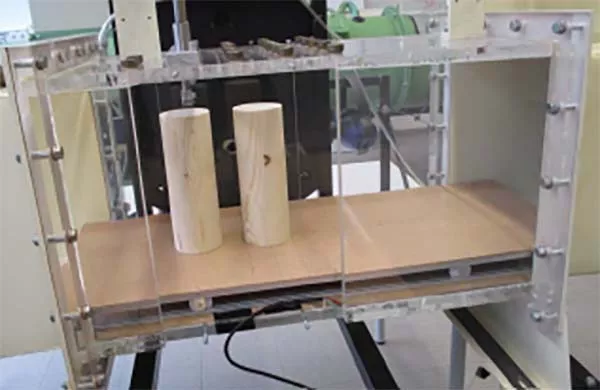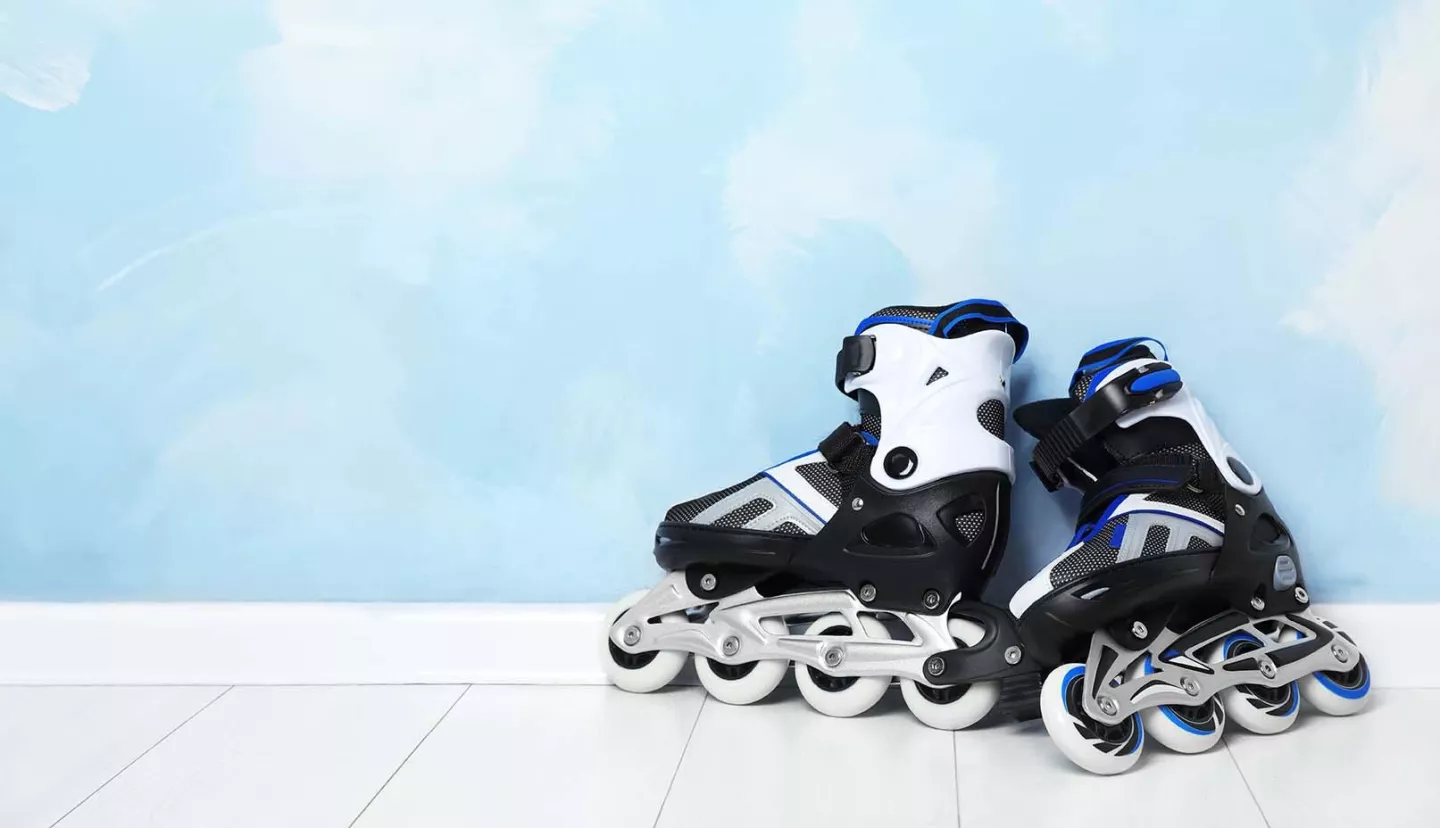Heart rates at different positions
In fast endurance sports such as road cycling, hand cycling and speed skating, riders usually ride in groups. In this case, the riders behind the leading person can take advantage of the slipstream and thus save power. A student at the Maximilian-von-Montgelas-Gymnasium in Vilsbiburg studied this effect in more detail. First, the heart rates that the riders have at different positions were examined in order to be able to conclude that they have a lower load and thus a lower effort. However, this way of determining the energy savings turned out to be difficult because recovery phases and individual ability play a major role, i.e. a human being does not function like a machine.
In order to look at the phenomenon from a physical point of view and to be able to determine differences quantitatively, the force effect on a model consisting of two cylinders, which were in different positions to each other on a plate, was tested in a wind tunnel. It was possible to see very clearly how the total force increases with increasing distance between the cylinders. In addition, it could be seen that the first rider also has to apply a slightly lower force if there is another rider directly behind him.
Diese Ergebnisse lassen sich mit dem Nachlauf, Verwirbelungen hinter dem umströmten Körper, begründen. Außerdem erhöht sich bei leicht schräger Positionierung des Zylinders die Kraft bei geringem vertikalem Abstand schneller als bei größerem. Zudem wurde ermittelt, dass der cW-Wert des verwendeten Zylinders etwa das Vierfache von dem eines Kleinwagens beträgt.

Construction of the model
The cylinder is fixed centrally on a plate in the front area. This plate has a hole pattern so that another cylinder can be screwed in at different positions. The plate has rollers that run in the rails of a second, equally large plate. This allows the lower plate to be glued to the bottom of the wind tunnel while the upper plate is still free to move. Lifting of the upper plate under the influence of the flow is prevented by angles which ensure that the plate can only move in a horizontal direction.
Between the two plates is a force sensor "ALS251" from the company Althen Sensors & Controls, a strain gauge that is bent when the upper plate is moved by the force of air flowing into the cylinder.

ALS251 Miniature Load Cell
- Stainless Steel
- Low Power Consumption
- Long term stability

